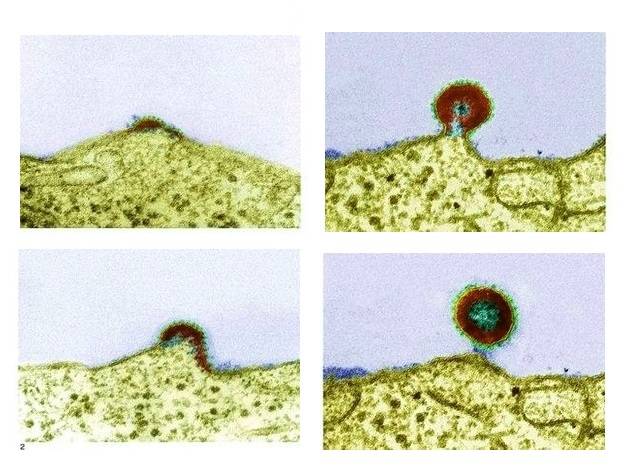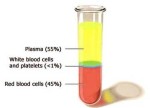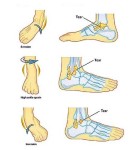There are three stages of HIV infection: Acute HIV Infection Acute HIV infectionis the earliest stage of HIV infection, and it generally develops within 2 to 4 weeks after infection with HIV. During this time, some people have flu-like symptoms, such as fever, headache, and rash.
The sixth stage of the HIV virus life cycle is when the new HIV RNA and proteins which are now produced by the infected CD4 cell make their way to the surface of the cell to assemble into noninfectious immature HIV. The final stage of the HIV life cycle is when the immature HIV is released from within the infected CD 4 that produced it.
Chronic HIV Infection The second stage of HIV infection is chronic HIV infection(also called asymptomatic HIV infection or clinical latency). During this stage, HIV continues to multiply in the body but at very low levels. People with chronic HIV infection may not have any HIV-related symptoms.



